
All kendo practitioners like it tough. Rigorous training to the point of exhaustion is an essential part of kendo and all martial arts. The aim is to polish technical ability and temper the body and mind to withstand any kind of adversity. In addition to tournaments and promotion examinations, there are several important training events on any kendo enthusiast’s yearly calendar. Perhaps one of the most challenging is the tradition of Kangeiko—or, midwinter training.
2020/03/27 Updated
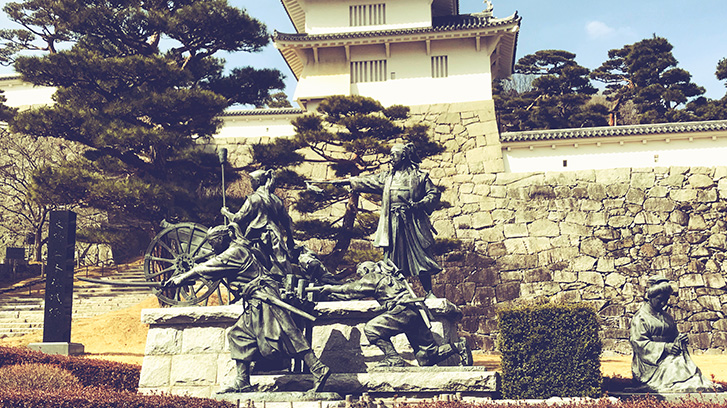
There is a book called The Three Cries of Aizu. The first time a visitor to Aizu weeps is in anguish when he or she has to travel there. The second time is upon realizing how kind and considerate the people are. The third time a visitor sheds tears is when it is time to leave. Aizu is one of the main cities in Fukushima, the southernmost prefecture of the Tohoku region in Japan which contains three major mountain ranges. The summers are typically hot, and the winters are cold with heavy snowfall.
2018/04/18 Updated
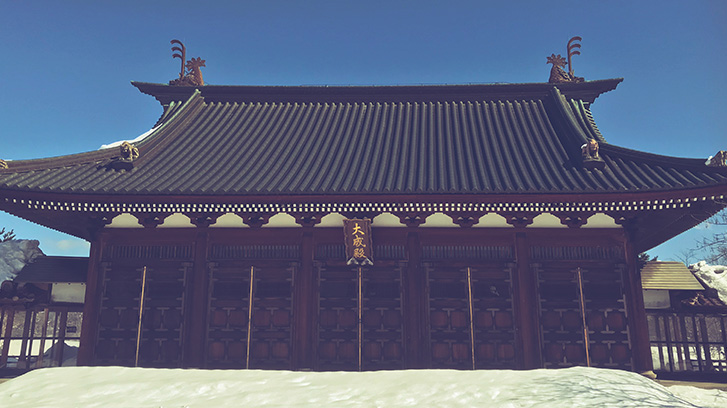
One thing that took me by surprise in my travels, however, was the apparent lack of knowledge my guides had of yet another group of consisting of Aizu warriors who exemplified samurai ideals. They told me of the Shonentai and the Byakkotai, but had they known of the “Battotai” and their exploits ten years after the Boshin War, I am sure the angst caused by the unflattering historical narrative about their ancestors would be mollified considerably.
2018/04/18 Updated
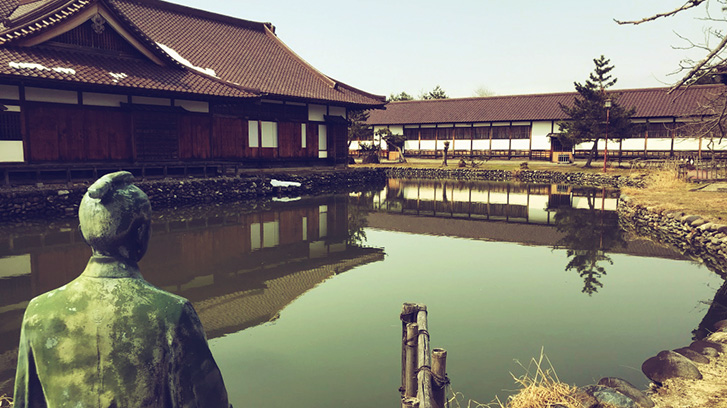
I recently traveled to Fukushima prefecture in the Tohoku region of Japan. At the time of my visit there was heavy snow, but I could still recognize that Fukushima is extraordinarily beautiful whatever the season. The high mountain ranges mixed with vast flat plateaus give the region breathtaking scenery. There is much of old Japan remaining here, even in the modern towns, and it doesn't take long after leaving a town to feel like you are deep in the countryside.
2018/06/05 Updated
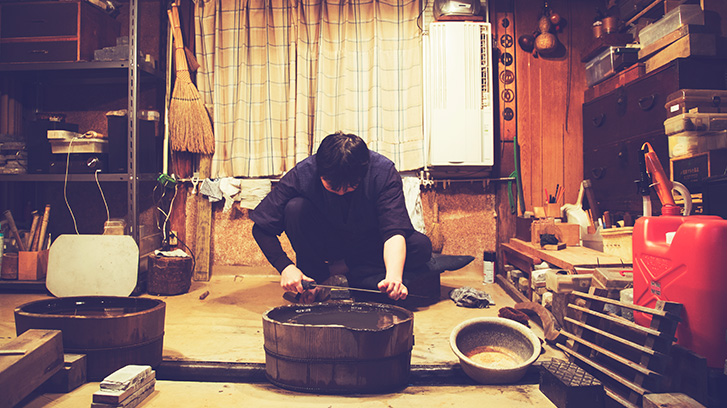
Fukushima is the southernmost prefecture in the Tohoku (North East) region of Japan. It is an hour and twenty minutes away from Tokyo by bullet train. Like the other prefectures in Japan, Fukushima was formed after the Meiji Restoration, and is made up of parts of the former provinces of Mutsu, and Iwashiro. Present day Aizu-Wakamatsu and Tsuruga castle, the base of the Aizu clan, were at the entry point to Mutsu province when coming from Edo.
2018/06/05 Updated
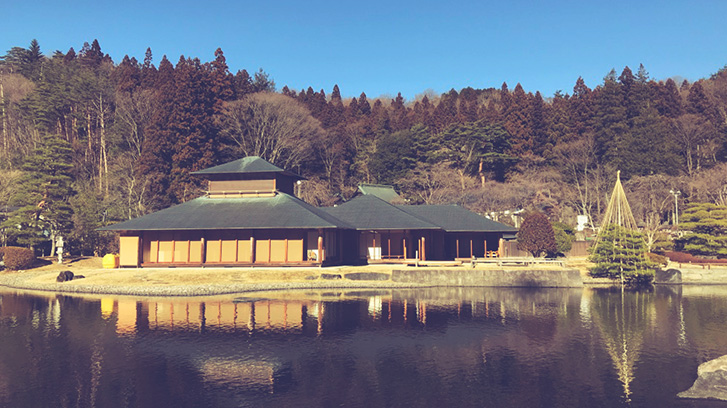
While I was in Fukushima I visited the city of Shirakawa. As with all of Fukushima Shirakawa has a rich samurai history. Traditionally it was once considered the last bastion before heading off into the wild north. There was a barrier gate (Shirakawa no seki) built to keep out the Northern tribes or as a point to exile enemies. Now in modern times the city is referred to as the gateway to the Tohoku region. During the *Boshin War (1868~1869) though it was the location of heavy fighting between the Imperial forces and the Tokugawa loyalists. The castle there was almost totally destroyed. After the Meiji Restoration (1868~1912) the remains of the castle were completely destroyed. In 1991 however, it was rebuilt and now the Shirakawa Castle or Komine Castle as it is also called is considered one of the hundred finest in Japan.
2018/06/05 Updated
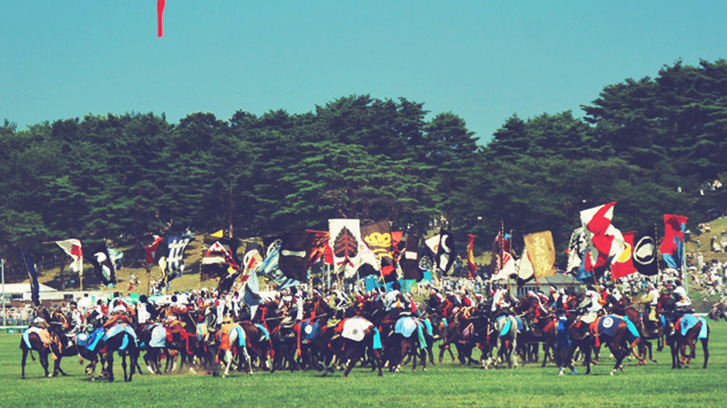
A rough translation of this Japanese term "bunbu-ryodo" could be "the cultural and martial ways together". This concept of a man of letters as well as a military tactician or strategist is one the samurai have espoused from their beginnings. There are many examples of samurai becoming famous as much for their tactical/fighting prowess as well as for their artistic skills. This ideal was strong among the warriors from Fukushima.
2018/06/05 Updated
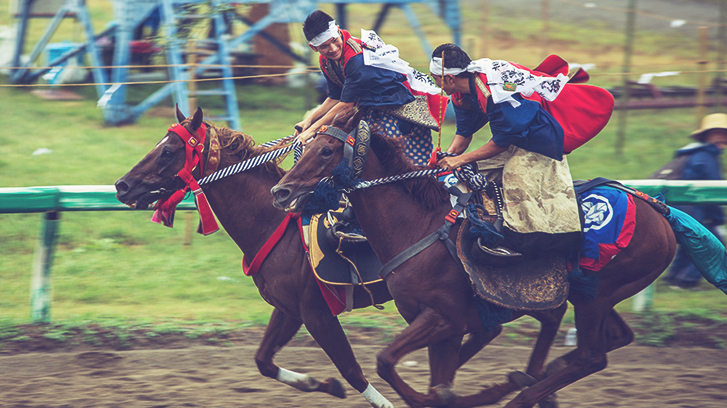
The Soma Nomaoi festival takes place in Haranomachi, Tohoku, at the last weekend of July every year. It is a three day festival of various horse related events that has been designated an Important Intangible Folk Cultural Property of Japan. The event is said to have a history of over a thousand years, and derive from the military exercises of the warriors of Taira Masakado (903-940), from who the Soma clan claim descent (Masakado's childhood name was Soma Kojiro).
2018/09/30 Updated
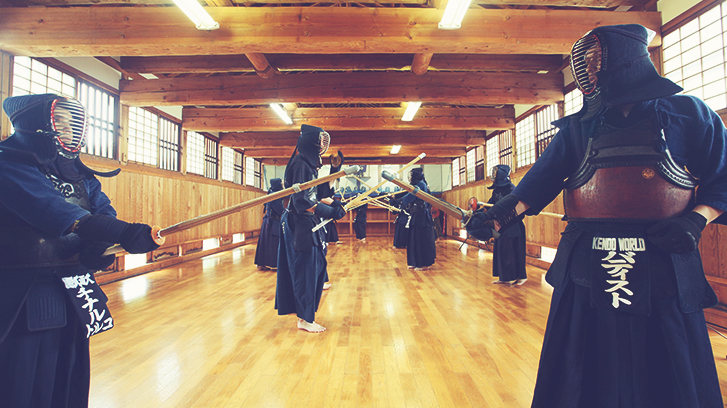
August 2018. I returned to Fukushima prefecture with a group of 22 international kendo practitioners from 10 countries. When I was here last, six months before, the landscape was covered in a shimmering white blanket of snow. This time, the mercury was pushing into the high-30s C. Myriad hues of green extended as far as the eye could see providing a heartening albeit sultry reprieve from the concrete jungle of Tokyo.
2018/11/26 Updated
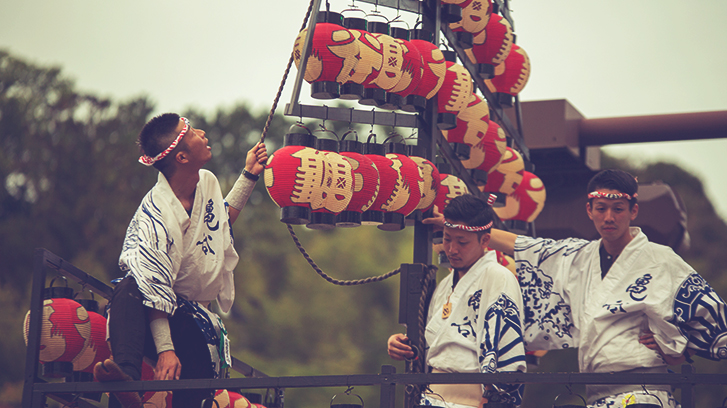

Wandering Japan, you will inevitably notice here and there numerous beautiful circular designs ornamenting storefronts, curtains, objects, gates, etc. They are birds, insects, flowers or geometric patterns. Those designs are known in Japan as kamon, and are in fact the ancient coat of arms of the samurai.
2018/11/26 Updated